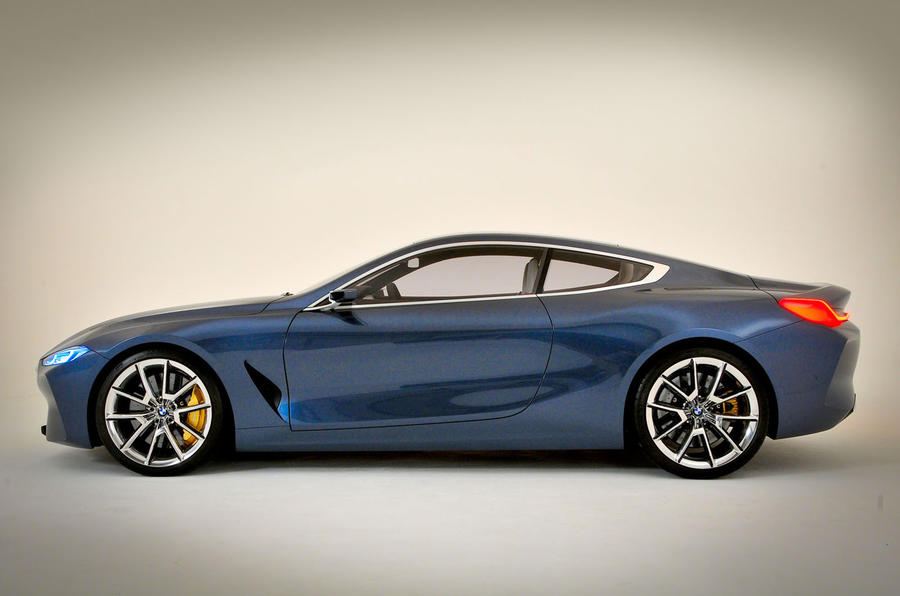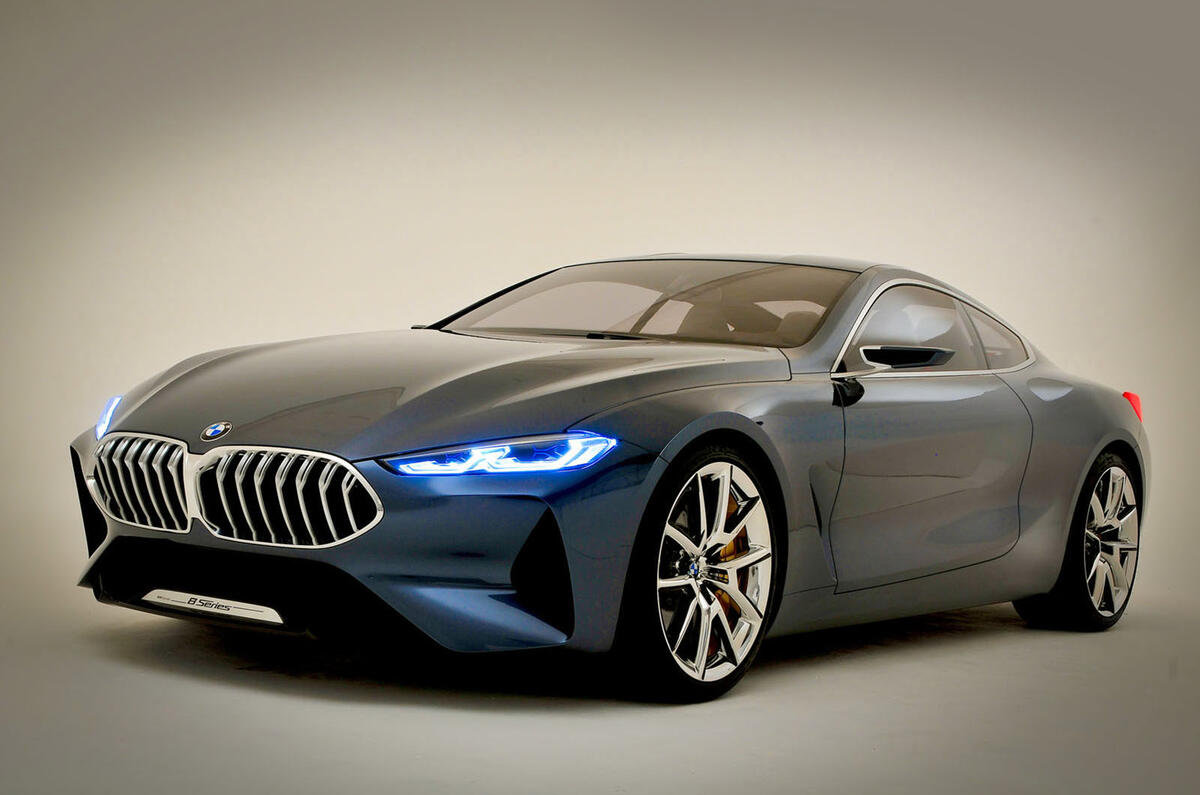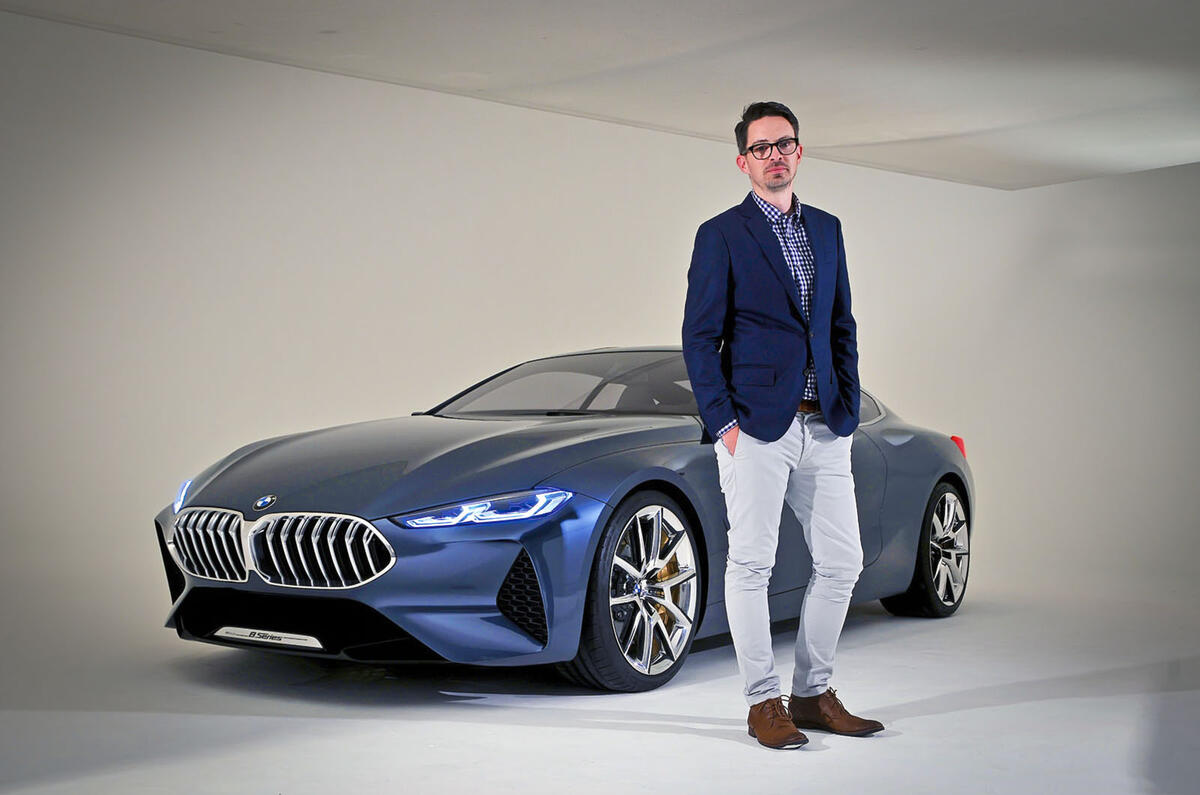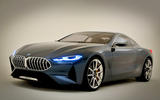It’s taken 27 years for the original BMW 8 Series to become a brand icon. It was conceived in the second half of the 1980s as a technical flagship for the company and introduced a number of engineering innovations, including the rear Z-axle, rear steering, and a multiplex electrical architecture, and much of the car’s engineering development work was carried out on computer for the first time.
Despite it all, however, the 8 Series proved to be an ill-fated model. It was launched in the autumn of 1989 just weeks before the Berlin Wall came down and the poverty of East Germany became global knowledge.
The 8 Series’s bombastic, high-tech swagger seemed out of tune with rapidly changing times, and the beginnings of the green movement even had one BMW boss apologising for the 286bhp under the bonnet of the launch model. BMW’s plans for further spin-offs were rapidly dropped.

A pretty four-seat cabrio was cancelled, as was the super-high tech M8 – which was to feature carbonfibre components. In fact, such was the 8 Series’s fall from favour that these two models were only made public in the past few years. Across a 10-year production run, the 8 Series hardly hit 31,000 units, with US sales particularly hopeless.
And yet the 8 Series, as it approaches its 30th anniversary, has matured into what BMW wanted it to be all along. It hasn’t dated, especially inside, and any reservations about bombastic machinery have long been washed away by the rise of the SUV.
Even so, it’s something of a surprise that BMW has decided to reveal its new design language by reinventing the 8 Series and the idea of a high-end, super-luxury coupé.




























































Join the debate
Add your comment
Coupe used to mean open air
Coupe used to mean open air motoring (frameless windows, absence of B-pillar, large window area) with a roof eg. Mrcedes 280SE 3.5, 500SEC, BMW 3.0 CSi . Not any more.
You sit lower in a coupe than in a saloon, the roofline is compressed. To raise the window sill as current coupes tend to do makes no sense beyond a fashion statement.
Just compare the amount of glass area in the new S class coupe with the W126 coupe (Bruno Sacco's own favorite) shows the extent the glasshouse is being squeezed.
Yet another car with
Yet another car with ridiculously small glass area, as if the pillars of contemporary cars were not thick enough ...
Why do the driver & passengers have to suffer in a dark clautrophobic cabin?
abkq wrote:
Unless you haven't noticed, this is not a SUV.
It's a stunning looking car.